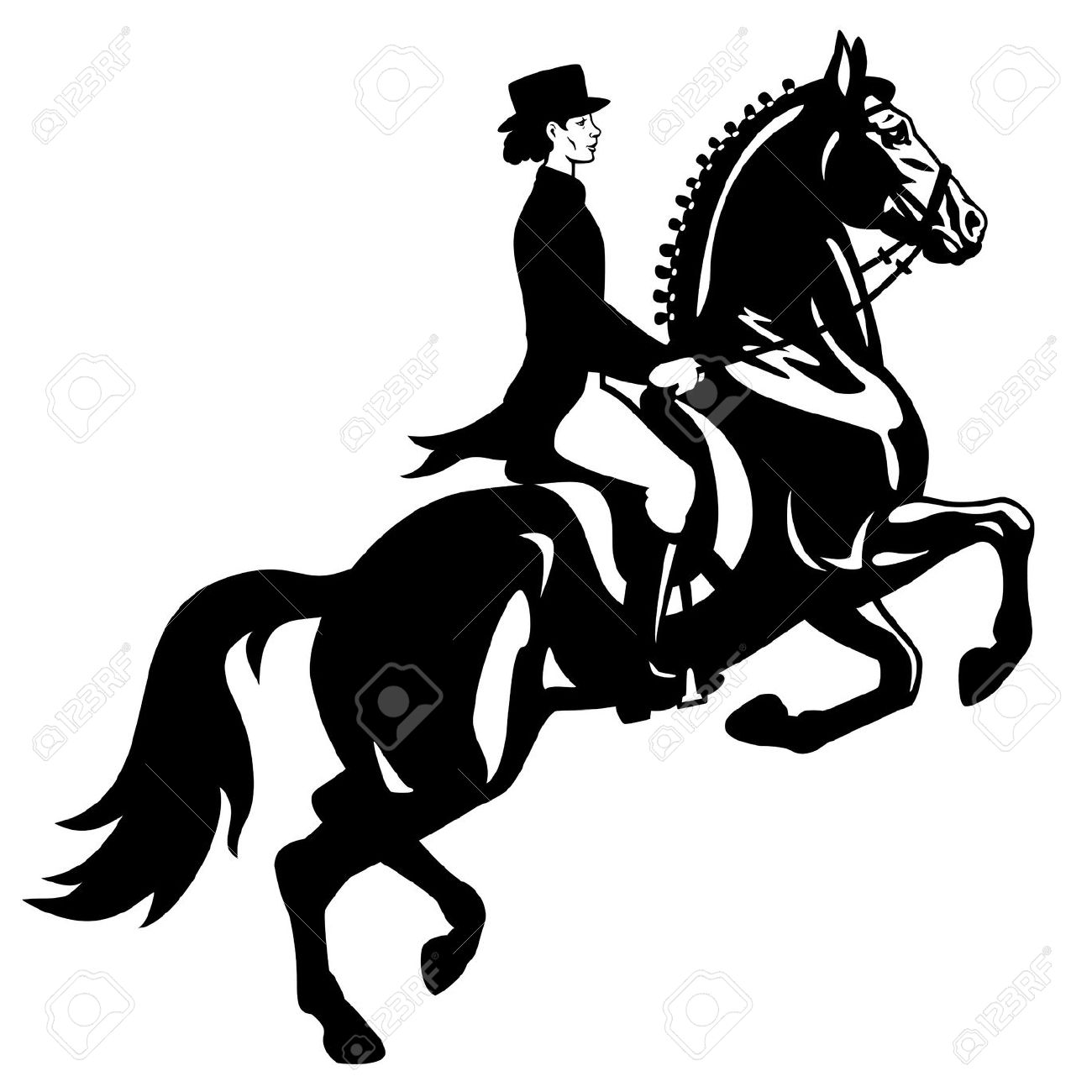Stamp: Moving the statue of the Liberator to New York (Venezuela 1951)
Moving the statue of the Liberator to New York (Venezuela 1951)
13 July (Venezuela ) within release Moving The Statue Of The Liberator To New York goes into circulation Stamp Moving the statue of the Liberator to New York face value 40 Venezuelan céntimo
| Stamp Moving the statue of the Liberator to New York in catalogues | |
|---|---|
| Michel: | Mi:VE 635 |
| Yvert et Tellier: | Yt:VE 337 |
Stamp is square format.
Also in the issue Moving The Statue Of The Liberator To New York:
- Stamp - Moving the statue of the Liberator to New York face value 5;
- Stamp - Moving the statue of the Liberator to New York face value 10;
- Stamp - Moving the statue of the Liberator to New York face value 20;
- Stamp - Moving the statue of the Liberator to New York face value 30;
- Stamp - Moving the statue of the Liberator to New York face value 40;
- Stamp - Moving the statue of the Liberator to New York face value 50;
- Stamp - Moving the statue of the Liberator to New York face value 1;
- Stamp - Moving the statue of the Liberator to New York face value 5;
- Stamp - Moving the statue of the Liberator to New York face value 10;
- Stamp - Moving the statue of the Liberator to New York face value 20;
- Stamp - Moving the statue of the Liberator to New York face value 25;
- Stamp - Moving the statue of the Liberator to New York face value 30;
- Stamp - Moving the statue of the Liberator to New York face value 40;
- Stamp - Moving the statue of the Liberator to New York face value 50;
- Stamp - Moving the statue of the Liberator to New York face value 70;
Stamp Moving the statue of the Liberator to New York it reflects the thematic directions:
Famous People refers to the fame and public attention accorded by the mass media to individuals or groups or, occasionally, animals, but is usually applied to the persons or groups of people (celebrity couples, families, etc.) themselves who receive such a status of fame and attention. Celebrity status is often associated with wealth (commonly referred to as fame and fortune), while fame often provides opportunities to make money.
A statue is a free-standing sculpture in which the realistic, full-length figures of persons or animals are carved or cast in a durable material such as wood, metal or stone. Typical statues are life-sized or close to life-size. A sculpture that represents persons or animals in full figure, but that is small enough to lift and carry is a statuette or figurine, whilst those that are more than twice life-size are regarded as colossal statues.
Stemming from military practices and a long tradition of teaching by equestrians such as La Guérinière and François Baucher, traditional French equestrianism is essentially represented at the Cadre Noir de Saumur. The practice of equestrianism has evolved towards sport and leisure, opening up to the general public. At the end of the 20th century, the sport became much more democratic, with a sharp rise in the number of riders, particularly young people and women. The teaching of equestrianism as a leisure sport in France is based on the existence of over 8,000 riding schools, which make trained horses available to the public. Their establishment is supported by the French government thanks to a reduced VAT rate from 2004 to 2013. At the end of 2013, riders and industry professionals protested against the increase in VAT on their activity.



